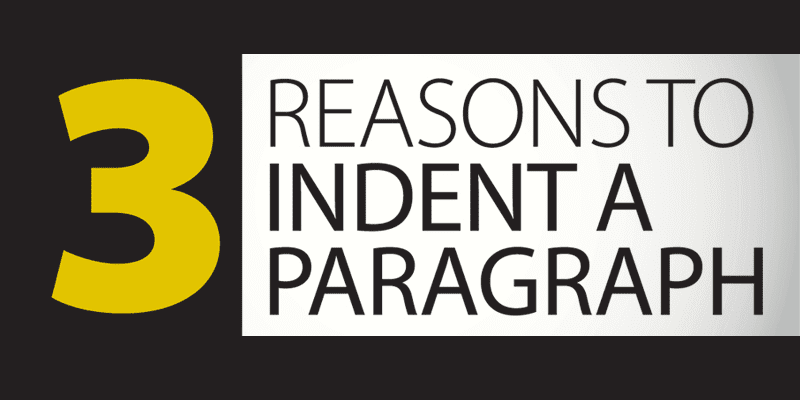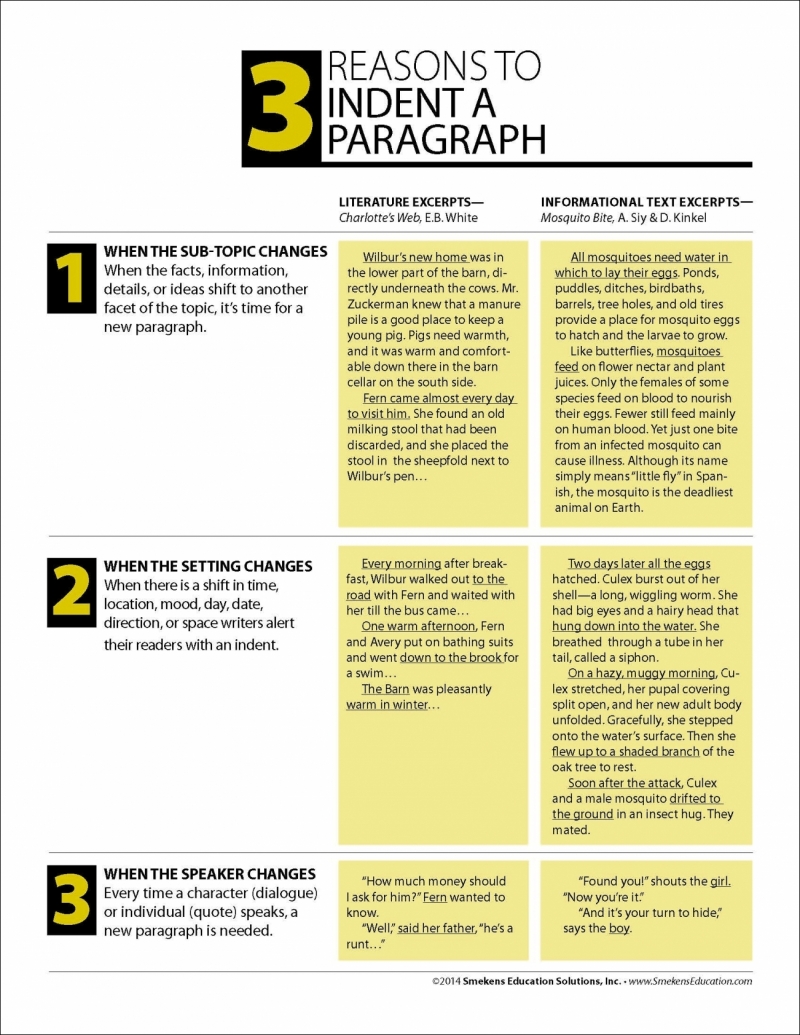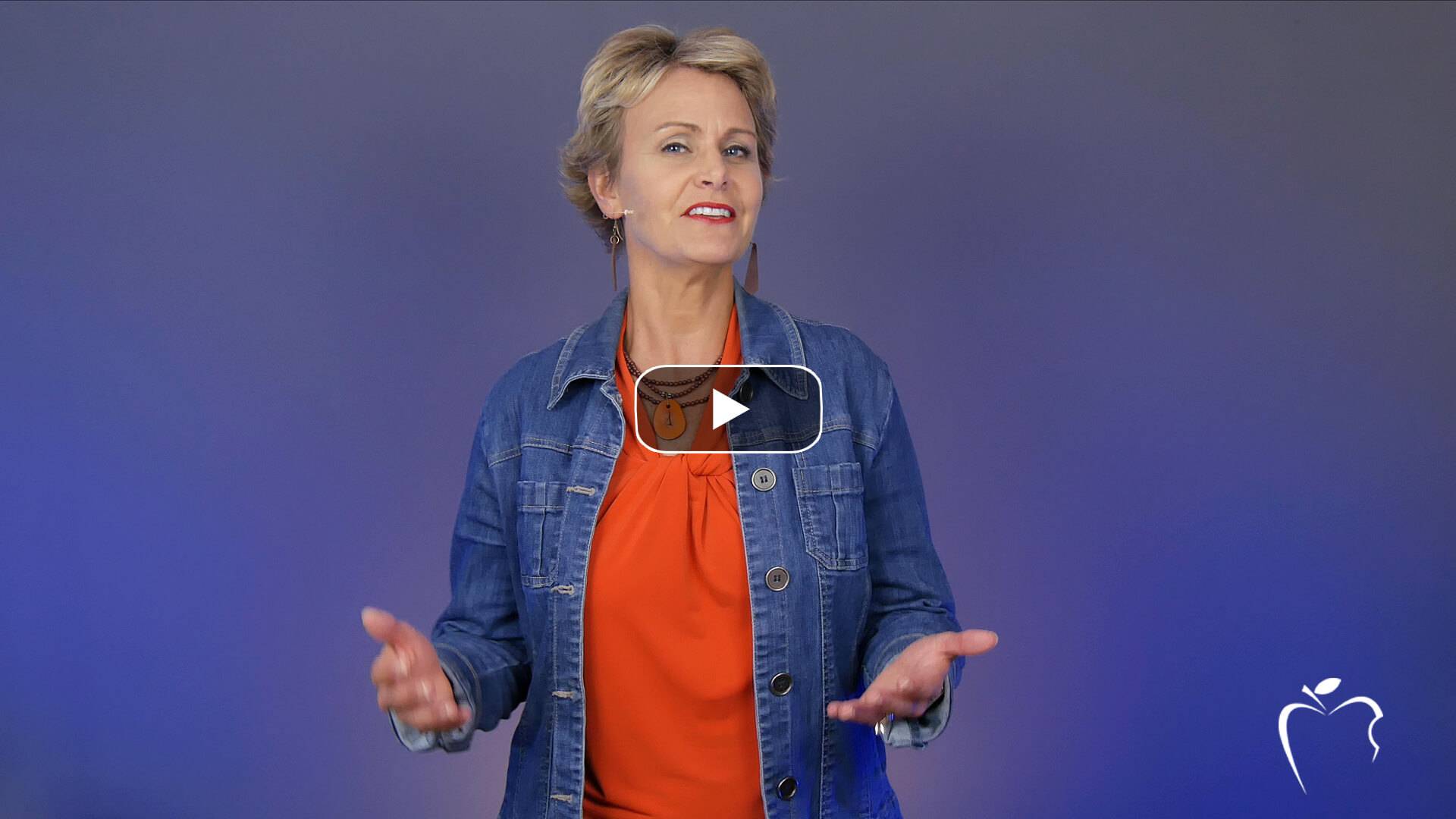Learning Center
writing
Show students how to indent new paragraphs
May 02, 2014
Students need to know when to indent and start a new paragraph. Share with them the 3 most common scenarios:
- When the sub-topic changes–When the facts, information, details, or ideas shift to another facet of the topic, it’s time for a new paragraph.
- When the setting changes–When there is a shift in time, location, mood, day, date, direction, or space, writers alert their readers with an indent.
- When the speaker changes–Every time a character (dialogue) or individual (quote) speaks, a new paragraph is needed.
TIP: To help her students understand what an indent looks like, Ruth Jostes of Lake Street Elementary (Crown Point, IN) took a handful of Play-Doh and pushed her fist into the ball of clay. They discussed how the first word in a paragraph looked “dented” like a car after an accident.
Subscribe
0 Comments






